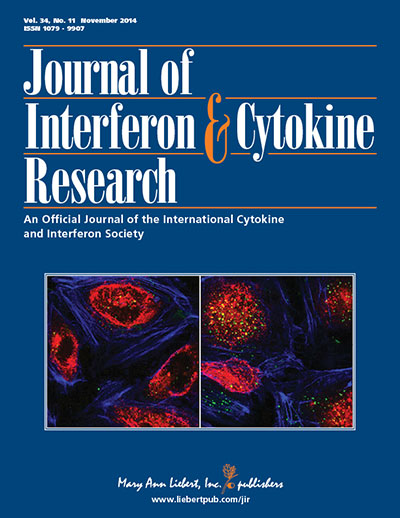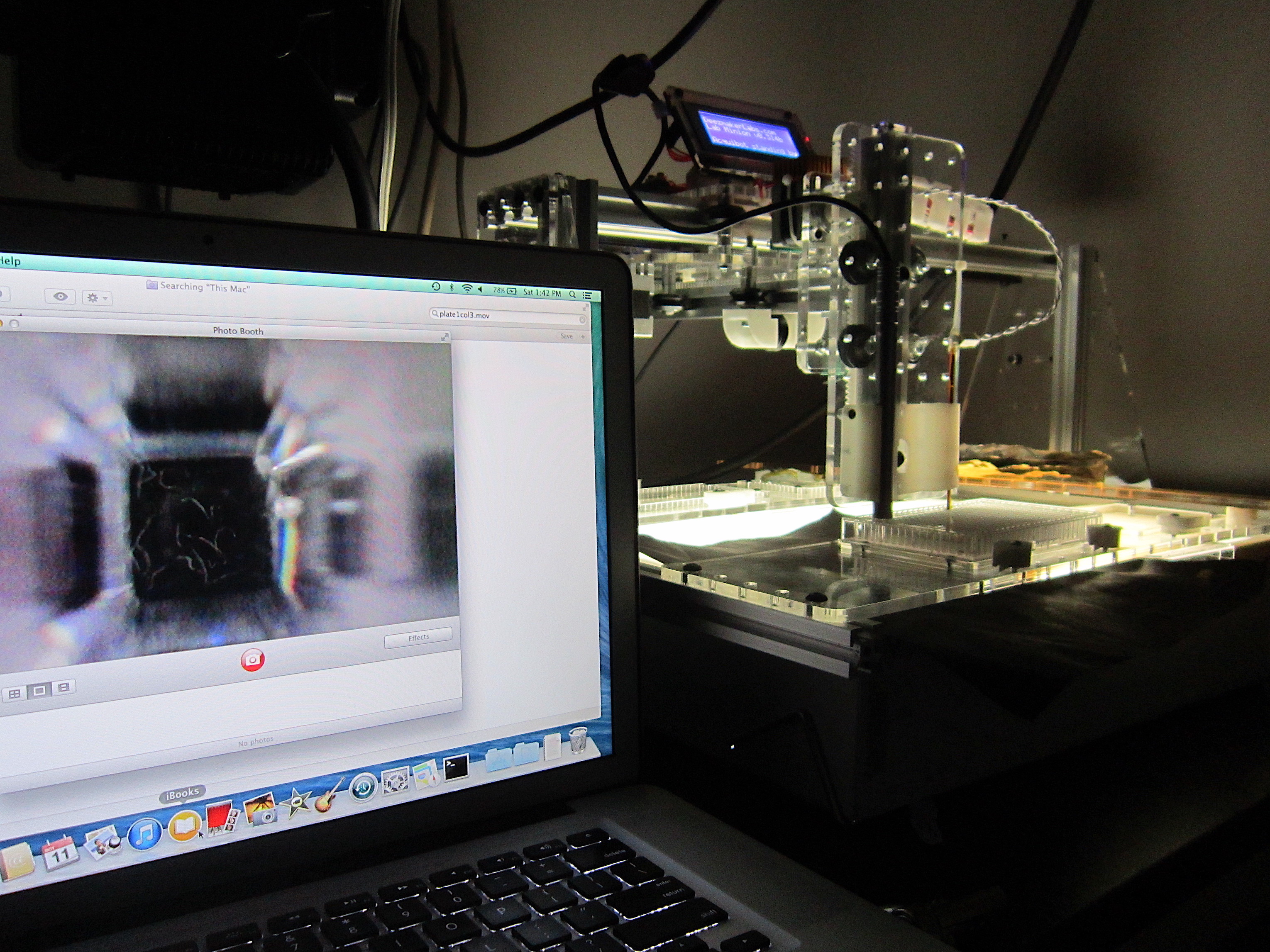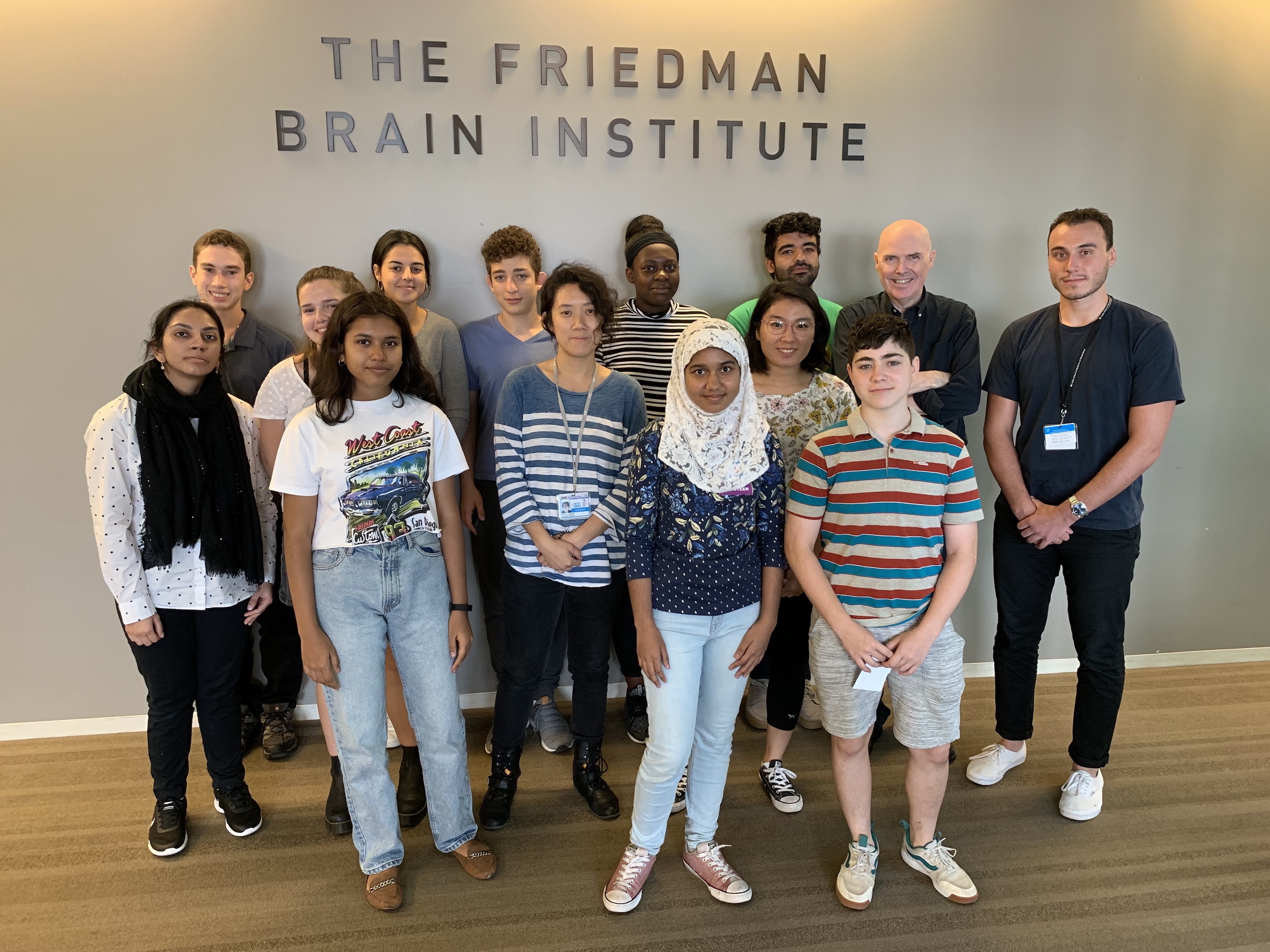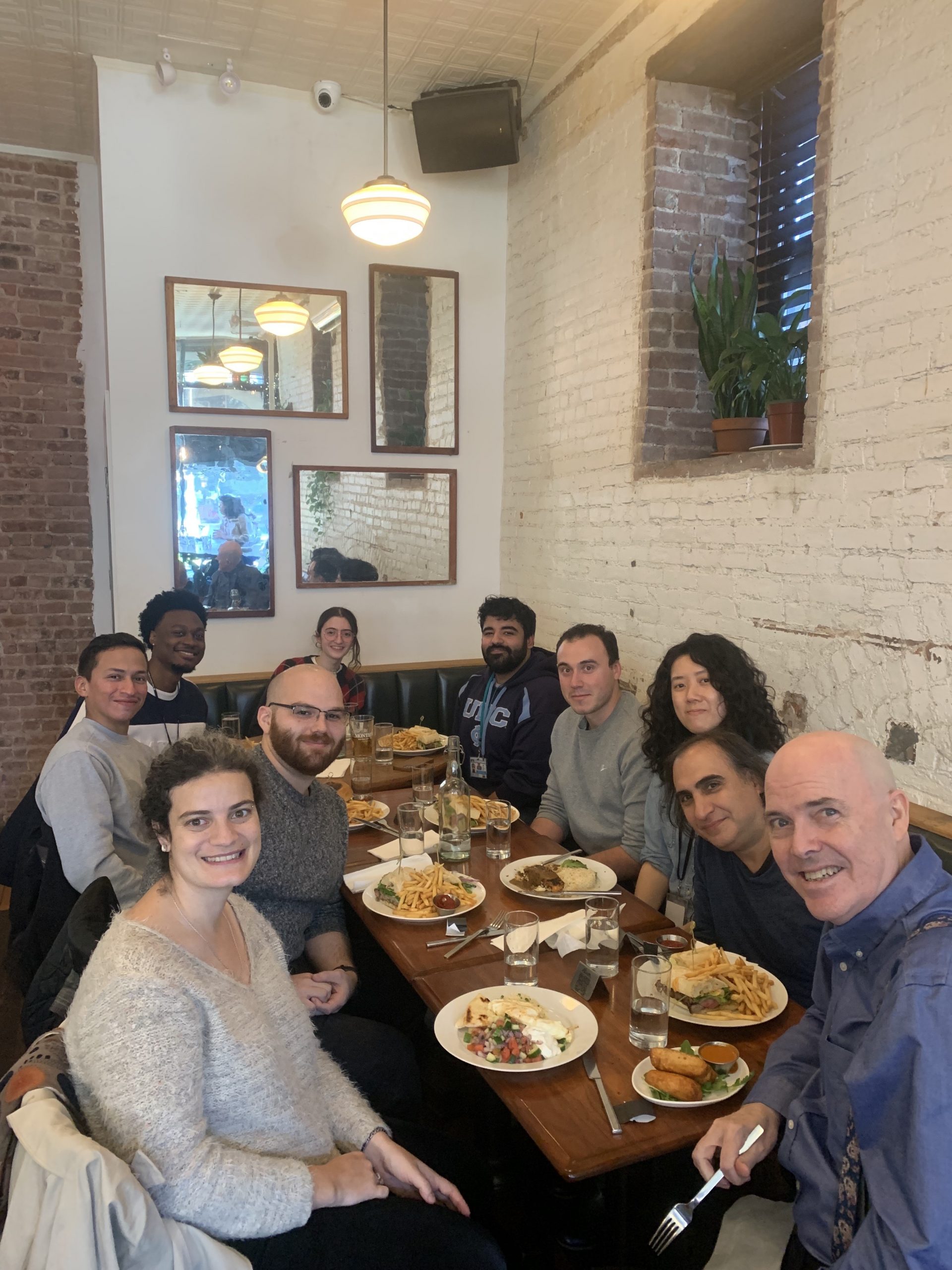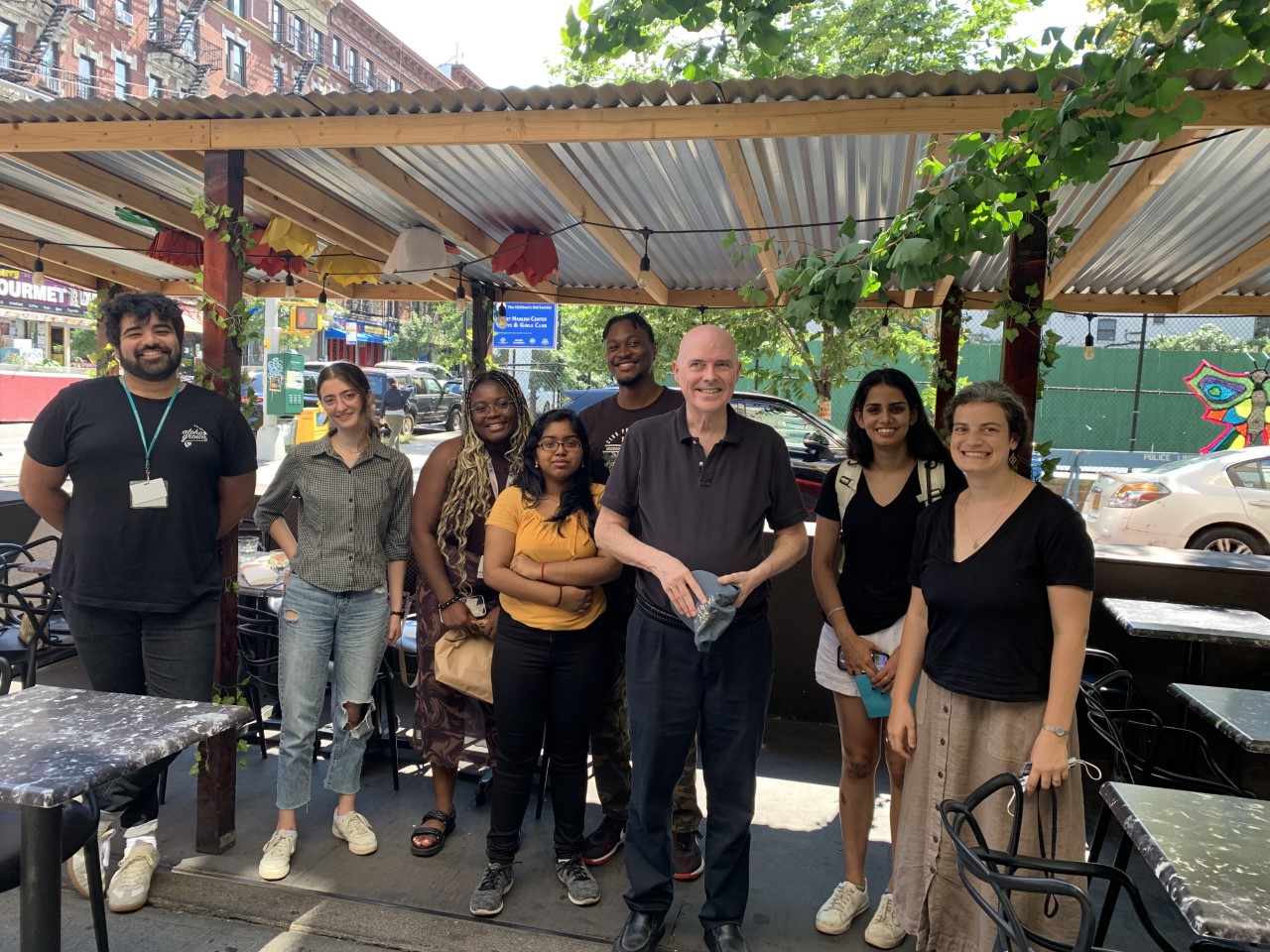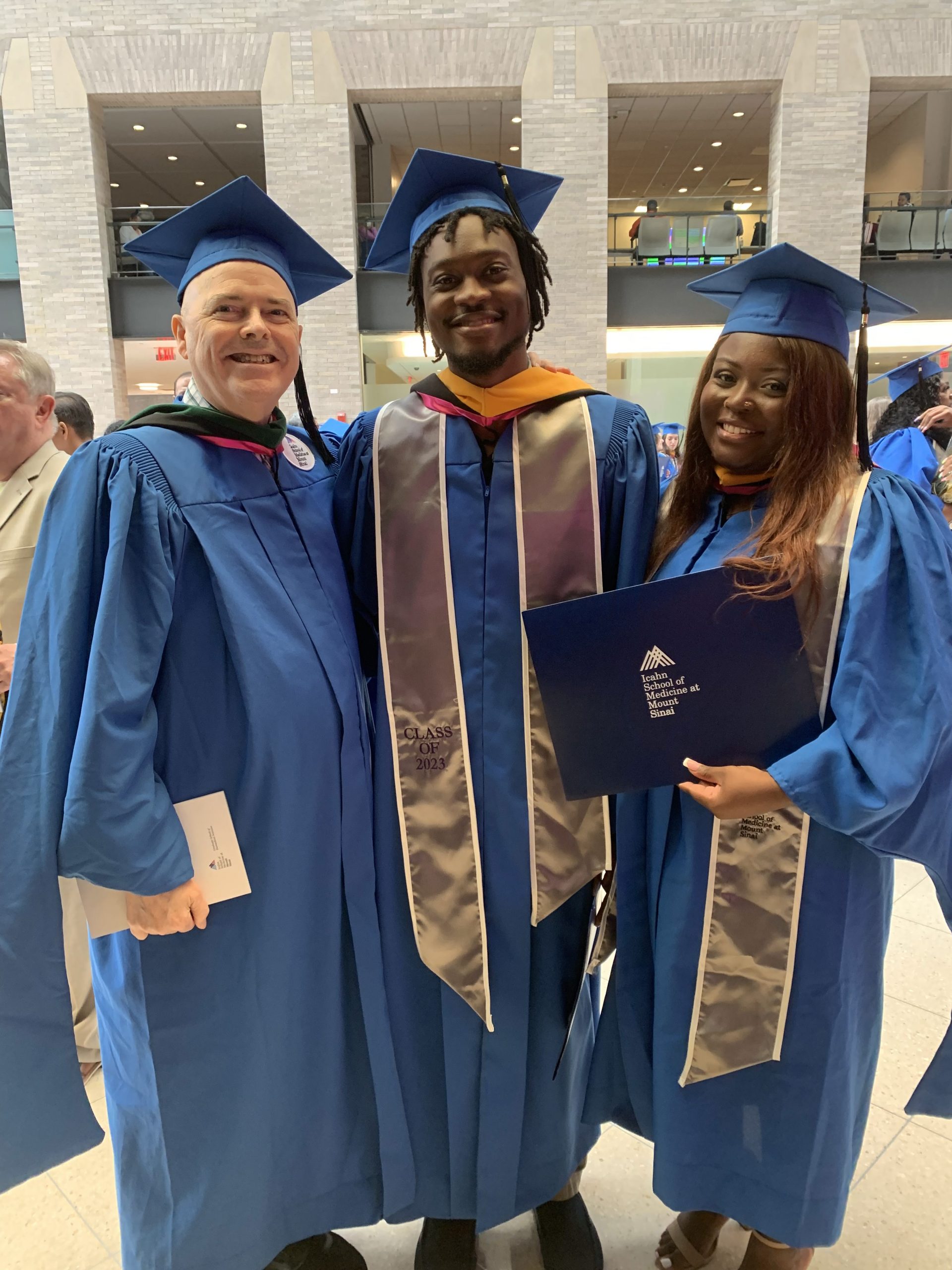More Resources
Research
Our laboratory studies mechanisms linking lifespan with age-related diseases, and particularly mechanisms by which dietary restriction increases lifespan and concomitantly delays age-related diseases across a wide range of species and diseases, even engineered diseases. Based on great progress in elucidating these mechanisms, the laboratory is increasingly turning to drug discovery, focusing on Alzheimer’s Disease and other age-related diseases in which overactive innate immunity is implicated.

Mobbs Laboratory
Charles V Mobbs, PhD
Professor, Neuroscience, Endocrinology, Geriatrics, Pharmacology and Therapeutics Discovery
Location:
Lab: Hess 10-301
Office: Hess 9-119
Email:
charles.mobbs@mssm.edu
Phone:
Office: 212.824.8923
Lab: 212.824.9168
Featured
Publications
2023
Novel compound inhibits glycolysis, proteotoxicity, inflammation, and impairments in animal models of Alzheimer’s, Huntington’s, and stroke: Aging as a consequence of glycolysis https://doi.org/10.1101/2023.06.12.544352
2022
Asche-Godin SL, Graham ZA, Israel A, Harlow LM, Huang W, Wang Z, Brotto M, Mobbs C, Cardozo CP, Ko FC. RNA-sequencing reveals a gene expression signature in skeletal muscle of a mouse model of age-associated post-operative functional decline. J Gerontol A Biol Sci Med Sci. 2022 Feb 17:glac043.
Litke R, Vicari J, Huang BT, Gonzalez D, Grimaldi N, Sharma O, Ma G, Shapiro L, Yoon Y, Kellner C, Mobbs C. Diets, genes, and drugs that increase lifespan and delay age-related diseases: Role of nutrient-sensing neurons and Creb-binding protein. Pharmacol Biochem Behav. 2022 Jul 19;219:173428.
Asche-Godin SL, Graham ZA, Israel A, Harlow LM, Huang W, Wang Z, Brotto M, Mobbs C, Cardozo CP, Ko FC. RNA-sequencing Reveals a Gene Expression Signature in Skeletal Muscle of a Mouse Model of Age-associated Postoperative Functional Decline. J Gerontol A Biol Sci Med Sci. 2022 Oct 6;77(10):1939-1950.
Knobel P*, Litke R*, Mobbs CV. Biological age and environmental risk factors for dementia and stroke: Molecular mechanisms. Front Aging Neurosci. 2022 Dec 22;14:1042488.
2021
Schwartz EKC, Sosner EN, Desmond HE, Lum SJ, Sze JY, Mobbs CV. Serotonin and Dopamine Mimic Glucose-Induced Reinforcement in C. elegans: Potential Role of NSM Neurons and the Serotonin Subtype 4 Receptor. Front Physiol. 2021 Dec 20;12:783359.
2018
Mobbs CV. Glucose-Induced Transcriptional Hysteresis: Role in Obesity, Metabolic Memory, Diabetes, and Aging. Front Endocrinol (Lausanne). 2018;9:232. Published 2018 May 28. doi:10.3389/fendo.2018.00232
Marcellino BK, Ekasumara N, Mobbs CV. Dietary Restriction and Glycolytic Inhibition Reduce Proteotoxicity and Extend Lifespan via NHR-49. Curr Neurobiol. 2018;9(1):1–7.
Lieber AC, McNeill IT, Scaggiante J, et al. Biopsy During Minimally Invasive Intracerebral Hemorrhage Clot Evacuation [published online ahead of print, 2018 Dec 24]. World Neurosurg. 2018;S1878-8750(18)32881-X. doi:10.1016/j.wneu.2018.12.058
2017
Moreno CL, Mobbs CV. Epigenetic mechanisms underlying lifespan and age-related effects of dietary restriction and the ketogenic diet. Mol Cell Endocrinol. 2017;455:33–40. doi:10.1016/j.mce.2016.11.013
Michaelides M, Miller ML, DiNieri JA, et al. Dopamine D2 Receptor Signaling in the Nucleus Accumbens Comprises a Metabolic-Cognitive Brain Interface Regulating Metabolic Components of Glucose Reinforcement. Neuropsychopharmacology. 2017;42(12):2365–2376. doi:10.1038/npp.2017.112
2016
Moreno CL, Yang L, Dacks PA, Isoda F, Deursen JM, Mobbs CV. Role of Hypothalamic Creb-Binding Protein in Obesity and Molecular Reprogramming of Metabolic Substrates. PLoS One. 2016;11(11):e0166381. Published 2016 Nov 10. doi:10.1371/journal.pone.0166381
Yang J, Huang T, Song WM, et al. Discover the network underlying the connections between aging and age-related diseases. Sci Rep. 2016;6:32566. Published 2016 Sep 1. doi:10.1038/srep32566
Moreno CL, Ehrlich ME, Mobbs CV. Protection by dietary restriction in the YAC128 mouse model of Huntington’s disease: Relation to genes regulating histone acetylation and HTT. Neurobiol Dis. 2016;85:25–34. doi:10.1016/j.nbd.2015.09.012
Devarakonda K, Mobbs CV. Mechanisms and significance of brain glucose signaling in energy balance, glucose homeostasis, and food-induced reward. Mol Cell Endocrinol. 2016;438:61–69. doi:10.1016/j.mce.2016.09.012
Mobbs CV. Orphaned No More? Glucose-Sensing Hypothalamic Neurons Control Insulin Secretion. Diabetes. 2016;65(9):2473–2475. doi:10.2337/dbi16-0027
2015
Ko F, Isoda F, Mobbs C. Laparotomy in Mice Induces Blood Cell Expression of Inflammatory and Stress Genes. Journal of interferon & cytokine research: the official journal of the International Society for Interferon and Cytokine Research. 2014. doi: 10.1089/jir.2014.0031. PubMed PCMID: 25406893
2013
Mobbs CV, Moreno CL, Poplawski M. Metabolic mystery: aging, obesity, diabetes, and the ventromedial hypothalamus. Trends Endocrinol Metab. 2013. doi: 10.1016/j.tem.2013.05.007. PubMed PMID: 23791973; PubMed Central PMCID: 23791973.
Mobbs CV, Moreno C. Hypothalamic EphA5 Facilitates Counterregulatory Responses: Possible Role for Bidirectional Signaling Leading to Bistability That Enhances Responsiveness to Hypoglycemia. Diabetes. 2013;62(4):1014-6. Epub 2013/03/23. doi: 62/4/1014 [pii]10.2337/db12-1735. PubMed PMID: 23520275; PubMed Central PMCID: 3609568.
Kim ES, Isoda F, Kurland I, Mobbs CV. Glucose-induced metabolic memory in Schwann cells: prevention by PPAR agonists. Endocrinology. 2013;154(9):3054-66. doi: 10.1210/en.2013-1097. PubMed Central PMCID: 23709088.
Moreno C, Yang L, Dacks P, Isoda F, Poplawski M, Mobbs CV. Regulation of peripheral metabolism by substrate partitioning in the brain. Endocrinol Metab Clin North Am. 2013;42(1):67-80. doi: 10.1016/j.ecl.2012.11.007. PubMed Central PMCID: 23391240.
Dacks PA, Moreno CL, Kim ES, Marcellino BK, Mobbs CV. Role of the hypothalamus in mediating protective effects of dietary restriction during aging. Front Neuroendocrinol. 2013;34(2):95–106. doi:10.1016/j.yfrne.2012.12.001
Kefaloyianni E, Lyssand JS, Moreno C, Delaroche D, Hong M, Fenyo D, Mobbs CV, Neubert TA, Coetzee WA: Comparative proteomic analysis of the ATP-sensitive K(+) channel complex in different tissue types. Proteomics 13:368-378, 2013
Mobbs CV, Mastaitis J, Isoda F, Poplawski M. Treatment of diabetes and diabetic complications with a ketogenic diet. J Child Neurol. 2013;28(8):1009–1014. doi:10.1177/0883073813487596
2012
Yang L, Isoda F, Yen K, Kleopoulos SP, Janssen W, Fan X, Mastaitis J, Dunn-Meynell A, Levin BE, McCrimmon R, Sherwin R, Musatov S, Mobbs CV. Hypothalamic Fkbp51 is induced by fasting and elevated hypothalamic expression promotes obese phenotypes. Am J Physiol Endocrinol Metab. 2012. Epub 2012/02/10. doi: ajpendo.00474.2011 [pii] 10.1152/ajpendo.00474.2011. PubMed Central PMCID: 22318949.
Schwartz E, Mobbs CV. Hypothalamic BDNF and obesity: found in translation. Nat Med. 2012;18(4):496-7. Epub 2012/04/07. doi: nm.2716 [pii] 10.1038/nm.2716. PubMed Central PMCID: 22481407.
Dacks PA, Moreno CL, Kim ES, Marcellino BK, Mobbs CV. Role of the hypothalamus in mediating protective effects of dietary restriction during aging. Front Neuroendocrinol. 2012. Epub 2012/12/25. doi: S0091-3022(12)00063-5 [pii]10.1016/j.yfrne.2012.12.001. PubMed Central PMCID: 23262258.
Moreno C, Yang L, Dacks P, Isoda F, Poplawski M, Mobbs CV. Regulation of peripheral metabolism by substrate partitioning in the brain. Endocrinol Metab Clin North Am. 2013;42(1):67-80. doi: 10.1016/j.ecl.2012.11.007. PubMed Central PMCID: 23391240.
Mobbs C, Moreno C, Kim E, Ekasumara N, Marcellino B: Neuroprotection by dietary restriction and the Ppar transcription complex. Translational Neuroscience 3:234-241, 2012
2011
Poplawski MM, Mastaitis JW, Mobbs CV. Naloxone, but not valsartan, preserves responses to hypoglycemia after antecedent hypoglycemia: role of metabolic reprogramming in counterregulatory failure. Diabetes. 2011;60(1):39-46. Epub 2010/09/03. doi: db10-0326 [pii]10.2337/db10-0326. PubMed Central PMCID: 3012195.
Poplawski MM, Mastaitis JW, Isoda F, Grosjean F, Zheng F, Mobbs CV. Reversal of diabetic nephropathy by a ketogenic diet. PLoS One. 2011;6(4):e18604. Epub 2011/05/03. doi: 10.1371/journal.pone.0018604. PubMed Central PMCID: 21533091.
Lublin A, Isoda F, Patel H, Yen K, Nguyen L, Hajje D, Schwartz M, Mobbs C. FDA-Approved Drugs that Protect Mammalian Neurons from Glucose Toxicity Slow Aging Dependent on Cbp and Protect Against Proteotoxicity. PLoS One. 2011;6(11):e27762. Epub 2011/11/25. doi: 10.1371/journal.pone.0027762PONE-D-11-16976 [pii].; PubMed Central PMCID: 3218048.
Diano S, Liu ZW, Jeong JK, Dietrich MO, Ruan HB, Kim E, Suyama S, Kelly K, Gyengesi E, Arbiser JL, Belsham DD, Sarruf DA, Schwartz MW, Bennett AM, Shanabrough M, Mobbs CV, Yang X, Gao XB, Horvath TL. Peroxisome proliferation-associated control of reactive oxygen species sets melanocortin tone and feeding in diet-induced obesity. Nat Med. 2011;17(9):1121-7. Epub 2011/08/30. doi: nm.2421 [pii]10.1038/nm.2421. Central PMCID: 21873987.
2010
Yen K, Mobbs CV. Evidence for only two independent pathways for decreasing senescence in Caenorhabditis elegans. Age (Dordr). 2010;32(1):39-49. Epub 2009/08/08. doi: 10.1007/s11357-009-9110-7. 19662517; PubMed Central PMCID: 2829647.
Poplawski MM, Mastaitis JW, Yang XJ, Mobbs CV. Hypothalamic responses to fasting indicate metabolic reprogramming away from glycolysis toward lipid oxidation. Endocrinology. 2010;151(11):5206-17. Epub 2010/10/01. doi: en.2010-0702 [pii] 10.1210/en.2010-0702. PubMed Central PMCID: 2954726.
Publications Preceding 2010
See Here
About Dr. Mobbs
Training
EDUCATION
B.S. Biology 1978
Massachusetts Institute of Technology, Cambridge, MA
Ph.D. Cell/Molecular Biology 1984
University of Southern California
Mentor: Caleb Finch, Ph.D.
POSTDOCTORAL TRAINING
NIH Post-doctoral Fellowship 1984-1988
Rockefeller University, NY
Mentor: Donald Pfaff, Ph.D.
Current Funding
Delay of Alzheimer’s phenotypes by interventions that increase lifespan.
R01AG062303 09/30/18-09/29/2023 Role: PI
Integrative Network Modeling of Cognitive Resilience to Alzheimer’s Disease
R01AG057907 09/15/2017-05/31/2022 Role:sub-project; Bin Zhang communicating PI
Honors/Service
HONORS
1974: National Merit Scholar
1975: McDermott Scholar (MIT)
1979: Best Teaching Assistant Award (USC)
1981, 1983: Sigma Xi Graduate Student Research Award
1982: George Sacher Award, Best Student Paper
1985: Grass Fellowship, Cold Spring Harbor Laboratory
1989: Glenn Foundation Fellow
1993: Mentor, Brookdale Foundation
2005: Ellison Medical Foundation Senior Fellow
2010: Outstanding mentorship, Mount Sinai School of Medicine
2012: Glenn Award for Research in Biological Mechanisms of Aging
SERVICE
1988: National Academy of Sciences Committee on Aging
1990-1994: Editorial Board, Mechanisms of Aging and Development
1992-1996: Research and Development Committee, VAMC
1992-1996: Institutional Animal Review Committee, VAMC
1992-1996: Co-director, Molecular Diagnostics Core Lab, VAMC
1994-present: Reviewer, American Federation for Aging Research
1997-present: Co-founder of Annual Endocrinology of Aging Symposium
1996-present: Co-editor, “Interdisciplinary Topics in Gerontology”, Karger
1999-2004: Endocrinology Study Section, NIH (Ad hoc)
2002-2004: Metabolism Study Section, NIH (Ad Hoc)
2002-2005: Canadian Institute of Nutrition, Metabolism and Diabetes Review Committee
2004-2006: Cellular Aspects of Diabetes and Obesity Study Section (Ad Hoc)
2004-2006: Integrated Physiology of Obesity and Diabetes (CADO) (Ad Hoc)
2003: Panel on Complications, Juvenile Diabetes Foundation (JDFI)
2003-present: Scientific Review Committee, Juvenile Diabetes Foundation
2005-2008: Medical Review Committee American Diabetes Association
2005-2009: Editorial Board, Endocrinology
2006-present: Editorial Board, Obesity Research
2006-present: Associate Editor, Obesity and Metabolism
2006-2008: Integrated Physiology of Obesity and Diabetes (Charter)
2006-2009: Steering Committee, Endocrine Society
2006-2009: Endocrine Society Steering Committee
2008-present: Special Emphasis Study Sections
2005-2009: Interventions Testing Program Access Committee, NIA
2009-2019: Chair, Interventions Testing Program Access Committee, NIA
2020: Cellular Mechanisms in Aging and Development Review Committee
Courses Taught
Responsible Conduct in Research
Biology of Aging
Neuroscience of Aging
Drug Discovery
Integrated Metabolism
Foundations of Biomedical Research
Meet the Team
Rachel Litke, MD, PhD
Postdoctoral Fellow
rachel.litke@mssm.edu
Damian Gonzalez
Associate Researcher
damian.gonzalez@icahn.mssm.edu

